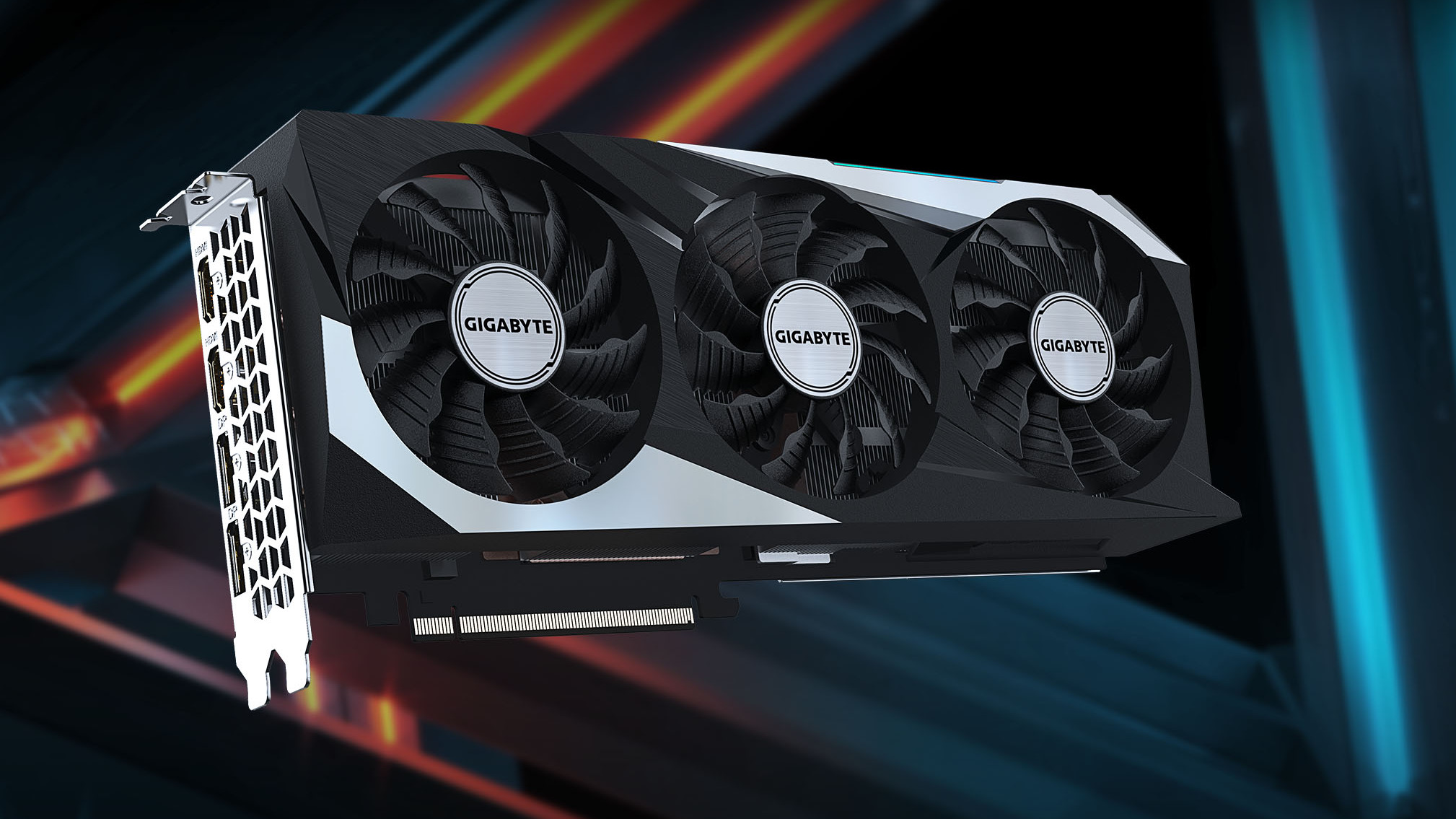AMD RDNA 3 flagship GPU could have Nvidia RTX 4090 on the ropes
If latest rumors are right, AMD is set for great performance levels, and “amazing” efficiency

AMD’s RDNA 3 graphics cards are debuting in November – or at least being revealed – and apparently graphics card makers are already testing the top-end chips, with some very positive findings by all accounts.
This is the latest rumor – so chuck in a bagful of salt, and maybe some pepper too, for good measure here – according to Greymon55.
Some AIBs have already got the chips and are testing them.October 19, 2022
Later in that Twitter thread, the well-known hardware leaker makes a couple of further assertions. Namely that one standout feature of RDNA 3 is that the reference card’s TBP (board power usage) is “amazing” no less, and that for expected performance, we can expect double the rasterization power.
Rasterization meaning traditional graphics, as opposed to ray-tracing performance, with the latter being an entirely different kettle of realistically-lit fish (we aren’t told what the gains on the ray tracing side might be).
Analysis: Some big claims for sure – are they likely to stand up?
Let’s dig into all this, firstly clarifying that this is presumably the Navi 31 GPU which is being talked about, as certainly the rumor mill is pointing to the higher-end offerings coming first from AMD. (The RX 7900 XT and 7800 XT seems to be the most common thinking for the initial GPUs – add your own skepticism, as ever).
Taking the nuggets Greymon dropped in order, firstly the fact that AMD’s card making partners are testing the GPU now is a solid indication that we’re on target for the rumored December date for RDNA 3 products hitting shelves – or maybe even late November? Remember that the officially aired November 3 launch date is just an initial reveal.
Hearing that the power usage of the reference boards being tested is amazing will certainly be well-received news among those folks who want a fast next-gen GPU, but don’t want to turn their PC into a watt-guzzling monster that drives further costs in terms of higher electric bills (in a time where that’s a sensitive issue, of course, with the cost of living crisis – not to mention broader environmental concerns).
Get daily insight, inspiration and deals in your inbox
Sign up for breaking news, reviews, opinion, top tech deals, and more.
AMD has already been making big claims for RDNA 3 in terms of performance per watt, in terms of making huge gains compared to the RX 6000 series – and this suggests that those predictions (50% gains or more) have been realized. Or maybe even exceeded? Either way, the manner in which this is couched in the tweet sounds exciting, but we must bear in mind the leaker obviously wants their spillage to come across as exciting, naturally.
Which equally applies to that final and very brief “2x raster” tweet, indicating the expectation of double the rasterization performance, presumably for the 7900 XT versus the 6900 XT. Well, that feels like a big claim compared to what else has been floating around via the rumor mill.
Namely that as another well-known China-based leaker told us recently, AMD is supposedly going to find it “difficult to compete” with Nvidia’s RTX 4000 series, and that’s in terms of both rasterization and ray tracing. Certainly there are other sources who have hinted the same, and particularly on the ray tracing front, AMD is not expected to compete with Nvidia’s top-end Lovelace offerings. (Then again, there are still plenty of gamers out there who don’t care much about ray-traced performance, anyway).
With varying opinions out there as to the predicted performance of AMD’s next-gen flagship – double rasterization frame rates versus the 6900 XT would certainly be competitive with the RTX 4090 – we’ll reserve judgement for now. And with Greymon having little substance – well, nothing in fact – to back up a very brief tweet here, certainly this deserves to be treated with more caution than usual for a theory from the graphics card grapevine.
As we’ve pointed out before, though, performance is not the only story – and if RDNA 3 proves to be considerably more efficient, and is pitched right for price-to-performance ratio to undercut Nvidia, then for many folks, outright performance won’t matter so much (or at all, really).
Darren is a freelancer writing news and features for TechRadar (and occasionally T3) across a broad range of computing topics including CPUs, GPUs, various other hardware, VPNs, antivirus and more. He has written about tech for the best part of three decades, and writes books in his spare time (his debut novel - 'I Know What You Did Last Supper' - was published by Hachette UK in 2013).